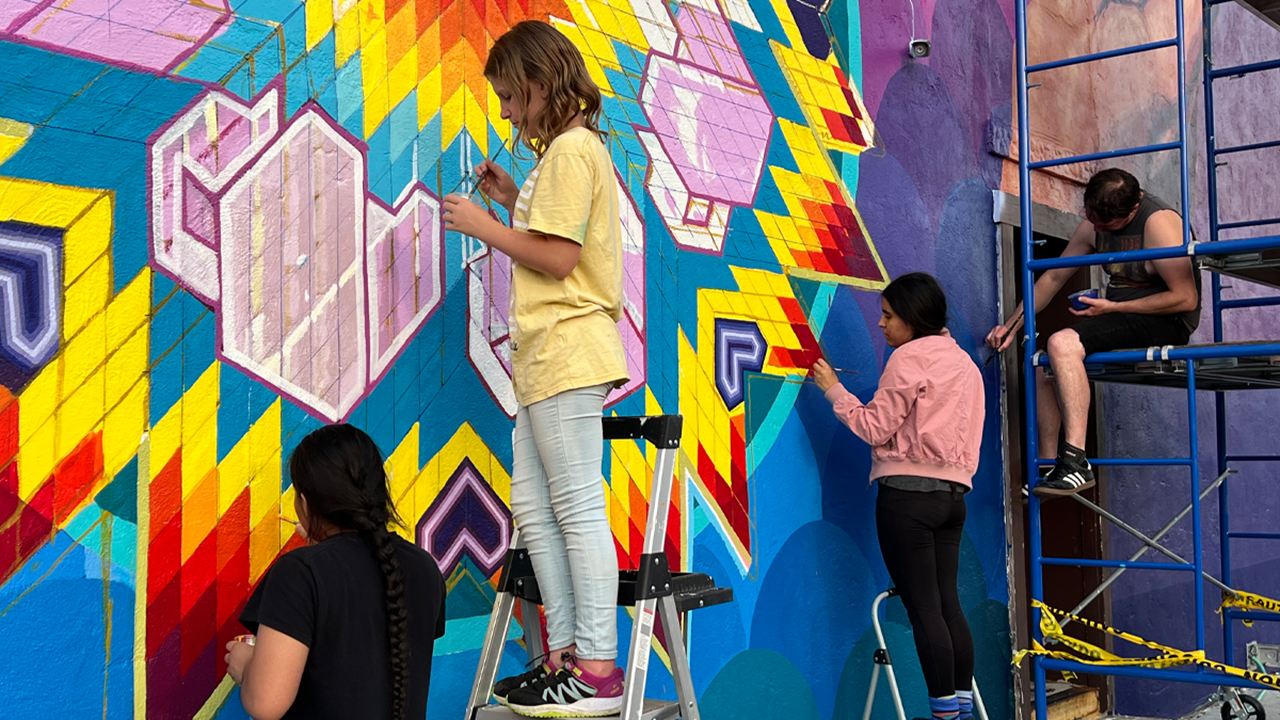Photo-based Painting Color Theory: Craftsmanship Secrets
The notion of photo-based painting color theory is a fascinating bridge between the worlds of photography and painting. As professional photographers, understanding this concept can elevate one's craft, allowing for more creativity, accuracy, and depth in the transformation of photographic images into stunning artworks.
In this digital age, the synergy between photography and painting is becoming more interconnected than ever. By grasping the nuances of color theory through a photo-based perspective, photographers can not only enhance their visual storytelling but also create hybrid masterpieces that captivate audiences.

The Fusion of Photography and Painting: A Modern Renaissance
Photography and painting have long been considered distinct art forms. However, the evolution of digital technology has enabled a fusion, creating what can be viewed as a modern renaissance in visual art. Photo-based painting leverages photography's accuracy with painting's emotive language, creating a unique hybrid art form.
For seasoned photographers looking to expand their artistic horizons, mastering this fusion opens up new avenues of creativity. Understanding color theory in this context involves a deep dive into how colors interact in both mediums, offering insights that can transform a piece from ordinary to extraordinary.
Essential Elements of Color Theory in Painting from Photos
Any professional photographer aspiring to cross into the realm of photo-based painting must delve into color theory. Traditionally, color theory refers to the understanding of colors, their relationships, and psychological impacts within artistic compositions. When applied to photo-based painting, this becomes an intricate study of transitioning a still, captured image into an expressive canvas.
Key components of color theory that photographers should grasp include:
Primary, Secondary, and Tertiary Colors
In photo-based artwork, the manipulation of primary colors (red, blue, and yellow) helps form secondary (green, orange, and purple) and tertiary colors. This foundational knowledge aids artists in mixing colors effectively, capturing the original essence of the photograph.
Color Harmony and Discord
Color harmony brings balance and a pleasing aesthetic to any artwork. On the flip side, discordant color schemes can evoke tension or unease. Photographers must decide what emotional impact they want their work to elicit, leveraging harmony or discord accordingly in their photo-based paintings.
Capturing Emotion: Beyond the Lens
One of the intriguing aspects of photo-to-painting transformation is the ability to manipulate emotional narratives. While photography captures reality, painting can interpret this reality with emotional and symbolic depth. This interplay expands the storyteller's toolkit.
The process of transforming a photo into a painting often involves altering color saturation, brightness, and contrast. These adjustments speak directly to an artwork's mood, creating an emotionally immersive experience for viewers. Exploring these techniques is crucial for photographers who want to develop a rich, diverse portfolio. For more insight into how photos translate to paintings, visit Photo-to-Painting Process Explained.
Techniques and Tools: Merging Digital with Traditional
Incorporating modern design software with traditional painting techniques provides extraordinary results. Software tools such as Adobe Photoshop or Corel Painter give photographers the digital canvas to transform images with brush-like strokes, color adjustments, and creative overlays.
Additionally, online platforms and workshops such as PicsArt's Photo into Art Effects offer resources to experiment with various techniques in turning photos into paintings.
Case Studies: Inspirational Artists in Photo-based Painting
Renowned artists such as Chuck Close and Gerhard Richter have seamlessly blended photography and painting, serving as inspirational figures for photographers looking to explore this medium. Their works illustrate the endless possibilities when color theory is at the forefront of photo-based art.
Studying their methodologies provides essential lessons in capturing the essence of photography while pushing the boundaries of creative expression in painting. For more information on artists who have excelled in photo-based art, consider visiting Famous Photo-Based Painting Artists.
Bridging the Gap: Challenges and Opportunities
While blending photography and painting presents myriad opportunities, it also poses challenges. Striking the right balance between accuracy and artistic freedom is an ongoing exploration that requires patience and practice. The journey through photo-based painting color theory is both a challenge and a rewarding artistic adventure, promising personal and professional growth.
Color Theory Workshop: Skills in Action
A practical option for photographers is joining workshops to hone their skills. These offer firsthand experience in applying color theory to photo-based painting. Realism Today's Workshop is a valuable resource for professionals seeking to elevate their artistry.

Frequently Asked Questions (FAQs)
What is the best software for photo-to-painting conversion?
Softwares like Adobe Photoshop and Corel Painter are renowned for their ability to emulate brush strokes and traditional painting techniques on digital platforms.
Can photo-based paintings be considered original artworks?
Yes, while the basis is a photograph, the creative process involved in rendering it as a painting can lead to original, expressive artworks.
How important is color accuracy in photo-based painting?
Color accuracy is crucial for artists wanting to maintain the photograph's original mood. However, color manipulation can also be used creatively to enhance the painting's emotional depth.
For those eager to delve deeper into the techniques of photo-based painting, Abstract Photo-Based Painting Ideas offers a bounty of creative concepts to explore.

